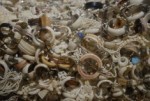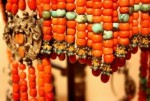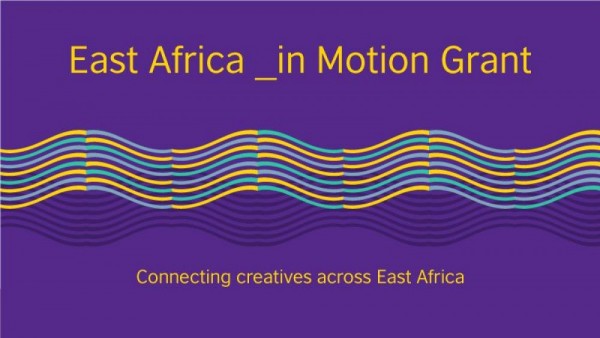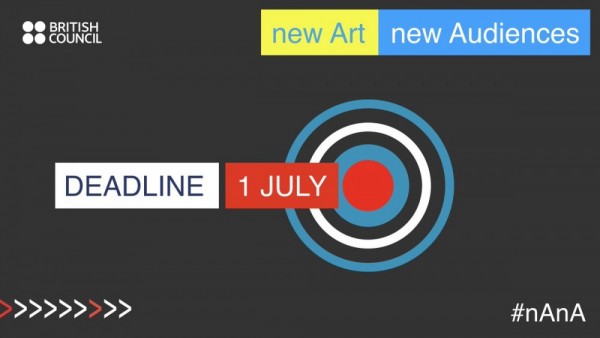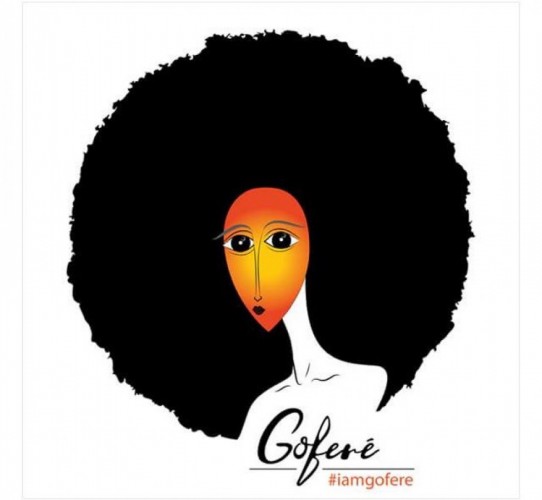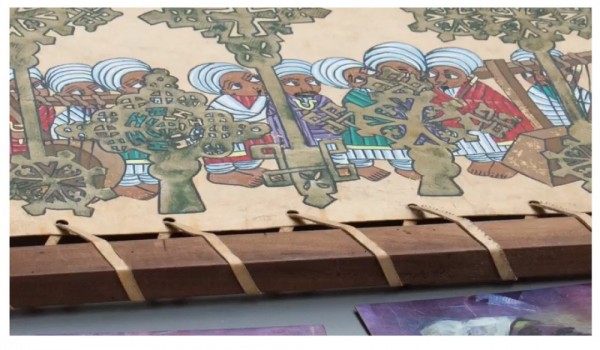Ancient African Jewellery
The first artistic expressions would also have been exhibited in caves of Africa and similarly the earliest jewellery would have also been African jewellery. Excavations have therefore revealed snail shell beads used as jewellery some 75,000 years ago in Blombos cave of South Africa.
Similarly crude bracelets and necklaces made from animal bones, teeth and stone besides ostrich shell beads going back 40,000 years in time have been found in Kenya.
It’s confirmed that ancient Egyptians made gold jewellery and used gems crafted from glass. If you study the Equatorial Rain Forest Region there is ample proof to suggest that they traded their ivory and gold for copper, brass, coral and glass beads for crafting museum jewellery.
Women to add to their natural swagger and attract the eyes of young men used brass hip ornaments! The Lost Wax Process was used later in the 13th century for making bracelets in Nigeria. The ancient Africans from this region also made use of glass beads as well as beads made from clay for fashioning jewellery.
The second region of Africa is the Sahara. This region has been dry from time immemorial and it was difficult for the local people to find anything other than dead animal skins for their jewellery. However, silver cross have been passed down generations in this region. Materials acquired by trade have been crafted in simple and bold geometric designs of museum jewellery.
The savannah region is the third region of Africa. In this area the extensive use of copper and brass has been observed. Their women used iron and copper necklaces and simple jewellery of spirals and rings. The online African jewellery comprises of large and intricate hoop earrings. These earrings are long; they carry ancient patterns and dangle from the ears. The necklaces of museum jewellery from Africa are generally made of piles of beads. A set of West African Crescent earrings in gilded silver is most attractive as are the Akuava Fertility Doll earrings in sterling silver.
 |
 |

